
“How cruel is it that this country, the cradle of civilization, should have been afflicted by so barbarous a blow, with ancient places of worship destroyed and many thousands of people — Muslims, Christians, Yazidis and others — forcibly displaced or killed. Today, however, we reaffirm our conviction that fraternity is more durable than fratricide, that hope is more powerful than hatred, that peace more powerful than war.” – Pope Francis
Wednesday, July 20, 2022, marked the fifth anniversary of Mosul’s liberation from the so-called Islamic State (ISIS or Daesh). ISIS destroyed approximately 8,000 buildings in Mosul’s Old City and countless buildings throughout the Nineveh Plain of Northern Iraq. Among these buildings were the long-standing places of worship for Iraq’s minority religions along with any structure ISIS fighters deemed “idolatrous.” ISIS deliberately and systematically destroyed these holy places as a theological and political strategy to demoralize the people of Mosul. The 12th-century Great Mosque of al-Nuri and the al-Hadba minaret were completely obliterated in 2017, but not before ISIS leader al-Baghdadi desecrated the sacred site by proclaiming himself caliph of Mosul in 2014. ISIS used St. George’s Monastery as a prison for Yazidis before destroying it in 2014. The Roman Catholic al-Saa’a convent was established in 1870 by the first pontifical mission to Iraq but was later used as a training center for new ISIS recruits. It still stands, although badly damaged, with its exterior covered in bullet holes and its interior defiled with graffiti. The 7th-century al-Tahera church was destroyed in 2017. The church’s roof is completely gone, and the interior is badly burned. Several Yazidi shrines, including the 12th-century Mam Rashan shrine, were destroyed in ISIS’s rampage throughout the Sinjar region. Along with the desecration and destruction of more than 28 places of worship across the Nineveh Plain, ISIS dynamited the Tombs of Jonah and Daniel, holy sites for Christians, Jews, and Muslims alike.
Although ISIS made eliminating religious minorities through whatever means necessary its goal in 2014, the exodus of Christians, Yazidis, Jews, and others began before the deposition of Saddam Hussein in 2003. Throughout its history, Mosul rose not only as Iraq’s second-largest city and an important commercial center but also as a cornerstone of religious and cultural diversity in the Middle East. The rich religious history of Mosul, and the Nineveh province as a whole, testified to how Muslims, Christians, Yazidis, and Jews could share a history and work towards a common future. Jews had inhabited the region for thousands of years and are even mentioned in the biblical story of Jonah, who followed God’s direction (after his ordeal in the belly of a whale) and went to Nineveh, now known as Mosul. However, in the 1940s, Jews were deported from Iraq by the anti-Zionist government, and all of their cultural heritage and synagogues in Mosul were destroyed or repurposed. Christians had been in Mosul since the Assyrians adopted Christianity in the 1st-century. Saddam Hussein’s 1993 “Faith Campaign” resulted in an increased intolerance of minority religions in Mosul as the government imposed regulations strictly aligned with Sunni Islamic principles. Around 2003, Mosul’s Christian population numbered 45,000 but slowly declined with the increase of Sunni extremism that peaked in 2014. Only a few dozen Christian families have returned to Mosul since its 2017 liberation from ISIS.
Seventy-five miles west of Mosul lies the ancestral homeland of the Yazidi people, the Sinjar region. The Yazidis follow a religious tradition that integrates elements of Islam and Zoroastrianism, although it is often misunderstood as devil worship. ISIS carried out a genocide in the region in 2014, destroying places of worship, killing Yazidi men, and forcing thousands of Yazidi women and girls into sex slavery. Some sources estimate that between 2,000 and 5,500 Yazidis were killed, and more than 6,000 Yazidis were kidnapped in the genocide, 2,717 of whom remain unaccounted for. Yazidi holy sites and shrines fell victim to ISIS’s destruction in the Sinjar region. Only one-fourth of the Yazidi population has returned to the region, with hundreds of thousands of people remaining in refugee camps.
Shias (and dissenting Sunni Muslims) also became ISIS targets. Although Shias are the majority in Iraq, when ISIS controlled the northern part of the country, they forced Shias to choose among three alternatives: convert to Sunni Islam and stay, refuse conversion and leave, or refuse to convert and to leave and face death.. In Shia villages surrounding Mosul, ISIS kidnapped and executed dozens of Shia Turkmen and destroyed their holy shrines.
In the five years since ISIS’s defeat, rebuilding has been slow. When the Ba’athist regime controlled Iraq, Saddam Hussein favored Mosul, and the city enjoyed development aid from the government. Following Ba’ath party’s ouster, there emerged a feeling of hostility in Baghdad towards Mosul in general, and the government now provides little aid to the city. The national government hasn’t provided much of any financial assistance to business owners or families whose property ISIS destroyed. Employment opportunities in Mosul are lacking, and students have fallen behind in schools still recovering from their widespread repurposing as ISIS recruitment and indoctrination centers from 2014 to 2017. This deficiency is exacerbated by the Iraqi government’s frugal education funding: only 9.7% of Iraq’s budget is spent on education as opposed to the regional average of 14%, and there are an average of 80 students per classroom.
The basic needs of a functioning society include such resources as food, shelter, jobs, and education. Human flourishing also demands the freedom to worship. In an attempt to eliminate any place of worship that did not align with ISIS’s distorted interpretation of Islam and erase the rich and diverse religious history of Mosul, ISIS abolished any possibility of fulfilling that need. The freedom to attend a religious service, venerate a holy site, or be in community with others in a shared sacred space is a crucial manifestation of a human being’s inherent right to be religious and ISIS violently denied it. Five years after ISIS’s removal, Iraqi leaders must recommit to respecting and upholding the right to worship in Mosul by supporting the reconstruction of places of worship.
The United Nation’s UNESCO has partnered with the government of the United Arab Emirates to “Revive the Spirit of Mosul” as the reconstruction project is called. The collaborators seek to rebuild cultural heritage sites in Mosul, including places of worship like the al-Nuri mosque, al-Tahera church, and al-Saa’a convent. In the reconstruction process, organizations are trying to use as much of the original material as they can, but most of the physical history those materials held will be lost forever. However, the geographical location of these sites is often the most crucial piece of their history. When ISIS dynamited the Tomb of Jonah, it did not change how the location symbolized God’s love for His people. The location of the 12th-century Yazidi Mam Rashan shrine on Mount Sinjar shows the region’s significance as the ancestral homeland of the Yazidis, and it will remain so regardless of the damage done to the shrine. Many of these places of worship find their spiritual significance in their geographical location, so even in their reconstruction, the reverence that the people will hold for them will be restored.
In the past, under different regimes and in different circumstances, these houses of worship were built by Muslims and Christians working together, fostering and embodying peaceful pluralism in the process. In recent years, Christians have been slow to return to Mosul, with members from only 70 families returning to live or work in the city five years after its liberation from ISIS. Muslim volunteer groups have been working to clean up and rebuild Christian churches in hopes of sending the message to Christians to “come back, Mosul is not complete without you.” Near Mosul, Yazidis are rebuilding some of the 47 shrines destroyed by ISIS, although their numbers are so diminished in the region that reconstruction is slow. As they rebuild the Mam Rashan shrine, the Yazidis hope that the shrine will establish a piece of familiarity for Yazidis who hope to return to their homeland. Even the remains of a Jewish synagogue were found, although there is still work being done to recognize it as a cultural heritage site.
Rebuilding places of worship as a strategy to motivate religious minorities or Sunni dissenters to return to Mosul will be a crucial step toward a more stable Iraq. The repressive nature of the post-2003 Iraqi government generated religious and ethnic hostility, marginalized religious groups, and created a vacuum for religious extremism. ISIS eventually gained a formidable following in Northern Iraq because it offered a response to the Sunni Muslim marginalization that occurred after the 2003 invasion. Marginalization of religious groups often breeds religious extremism, and the effects even reach to areas where the marginalized group is in the majority, like in northern Iraq. Although Shia Islam is the majority religion in Iraq, Sunni Muslims are the majority in northern Iraq. The absence of religious freedom in northern Iraq created an echo chamber for disaffected Sunnis with radical ideas. Religious freedom can generate moderation and pluralism, while also subverting attempts to marginalize religious communities. Wider religious freedom allows diverse religious voices to enter the public square and engage in debates to offer alternatives to religious extremism. As Jeremy Barker notes in his essay Toward a Stable and Inclusive Iraq? Individual and Institutional Religious Freedom Can Help, “[religious] leaders and their religious institutions represent an alternative locus for public action in addressing the demands for social, economic, or intracommunal reconciliation that the state and the ‘zero-sum game’ of sectarian politics have been woefully unable to address.”
Throughout history, churches, mosques, and other places of worship have acted as institutional bodies that provide education, employment, charity for vulnerable populations, and more. Religious actors, when free to assume these and many other roles in society, contribute to overall prosperity and stability.. The Al-Saa’a convent had from its beginning a seminary school, a primary school for boys and girls, a school for teachers, and a hospital. In its reconstruction, it can function again as a source of hope for the city’s inhabitants through education, employment opportunities, and healthcare, in addition to the services that only a religious entity has the spiritual capacity to handle.
Religious liberty in Mosul has the potential to be a stabilizing force not only within the city limits but throughout Iraq. Ethno-religious divides that were once drawn to create hostility and tension are overcome as religious groups find a common purpose and cooperate to achieve a peaceful future. The historical, religious diversity of Mosul puts the city at a cross-road. As seen in recent events, religious diversity coupled with persecutory policies from an illiberal regime created a vacuum for sectarian conflict and extremism. Going forward, the Iraqi government must embrace the principles of religious freedom and mutual respect to steward its religious diversity well. Religious freedom for both minorities and the majority will combat further religious extremism that leads to terrorism and other forms of unrest. Time after time, new democratic governments have failed to put religious freedom into practice, in culture and law, in the espousing of principles and concrete action. A major step towards stability in Iraq will be to rebuild minority places of worship in Mosul that were maliciously destroyed in an attempt to turn Iraq into a theocracy. If minorities feel welcome and safe to worship freely in Mosul, then they will return home and restore the city as one of the most religiously diverse in Iraq. Mosul is not the same city it was five, twenty, or fifty years ago, nor should it be. The path to reconciliation, peaceful pluralism, and stability in Iraq will address the history of intolerance and persecution in the region, and religious freedom must be the cornerstone of that path.
al-Mosuly, Khaled, and Maher Nazeh. “Long Wait for Captive Yazidis’ Return Spent Rebuilding Shrine in Iraq’s Bashiqa.” Reuters, Thomson Reuters, 9 Aug. 2017, https://www.reuters.com/article/us-mideast-crisis-iraq-yazidis/long-wait-for-captive-yazidis-return-spent-rebuilding-shrine-in-iraqs-bashiqa-idUSKBN1AP1SC.
Al-Oraibi, Mina. “Five Years after Liberation, There Is New Hope among Mosul’s Ruins.” Foreign Policy, 9 July 2022, https://foreignpolicy.com/2022/07/09/mosul-iraq-anniversary-islamic-state-liberation-battle-reconstruction/.
Barker, Jeremy. “Toward a Stable and Inclusive Iraq? Individual and Institutional Religious Freedom Can Help.” Journal of Middle Eastern Politics and Policy, 2022, pp. 17–22.
Berger, Michele W. “A Quest to Restore Cultural Heritage in Iraq, One Site at a Time.” Penn Today, https://penntoday.upenn.edu/news/quest-restore-cultural-heritage-iraq-one-site-time.
Farr, Thomas F., et al. “Preventing Another Attack: International Religious Freedom.” Public Discourse, 13 Oct. 2018, https://www.thepublicdiscourse.com/2011/09/4008/.
Fox, Tessa. “Mosul Schoolchildren Still Left behind, Five Years after ISIL.” News | Al Jazeera, Al Jazeera, 9 July 2022, https://www.aljazeera.com/news/2022/7/9/mosul-schoolchildren-still-left-behind-five-years-after-isil.
Hill, Kent. “Impact from the Papal Visit to Iraq? Necessary Conditions and Practical Steps.” Religious Freedom Institute, 25 Mar. 2021, https://religiousfreedominstitute.org/wp-content/uploads/2022/06/CornerstoneForum_No.297_Hill_ImpactfromthePapalVisittoIraq_NecessaryConditionsandPracticalSteps.pdf.
“Missing Yezidis.” Free Yezidi Foundation, 2 Aug. 2022, https://freeyezidi.org/missing-yezidis/.
Neurink, Judit. “Iraq: Rebuilding Churches as Symbols of Hope.” DW.COM, 2022, https://www.dw.com/en/iraq-rebuilding-churches-as-symbols-of-hope/a-61050614.
Rashid, Abdullah. “Volunteers Want Christians to Return to Mosul, Where Islamic State Once Ruled.” Reuters, Thomson Reuters, 3 Nov. 2020, https://www.reuters.com/article/uk-iraq-mosul-church-idUKKBN27J1PJ.
“Revive the Spirit of Mosul.” UNESCO.org, https://www.unesco.org/en/revive-mosul.
“Reviving the Jewish Memory of Mosul.” Culture in Crisis, https://cultureincrisis.org/projects/reviving-the-jewish-memory-of-mosul.
Roberts, Dr David. “Why Is Militants Destroy Ancient Sites.” BBC News, BBC, 1 Sept. 2015, https://www.bbc.com/news/world-middle-east-34112593.
“Why Mosul’s Great Mosque of Al-Nuri Mattered.” BBC News, BBC, 21 June 2017, https://www.bbc.com/news/world-middle-east-39339373.
Addison Hollomon is studying International Affairs at John Cabot University in Rome.
THE RFI BLOG
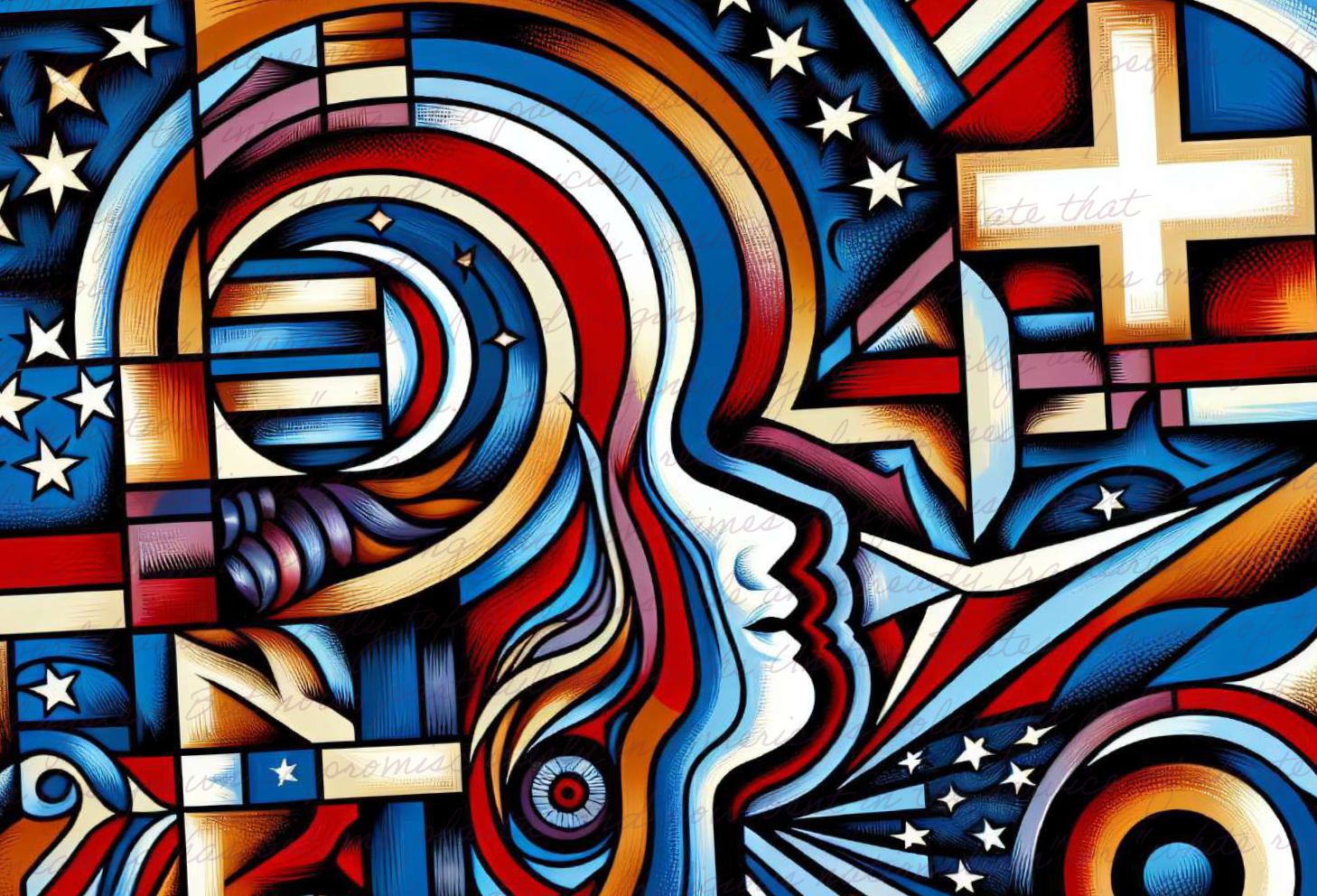
Myths of Religious Nationalism in America and Abroad
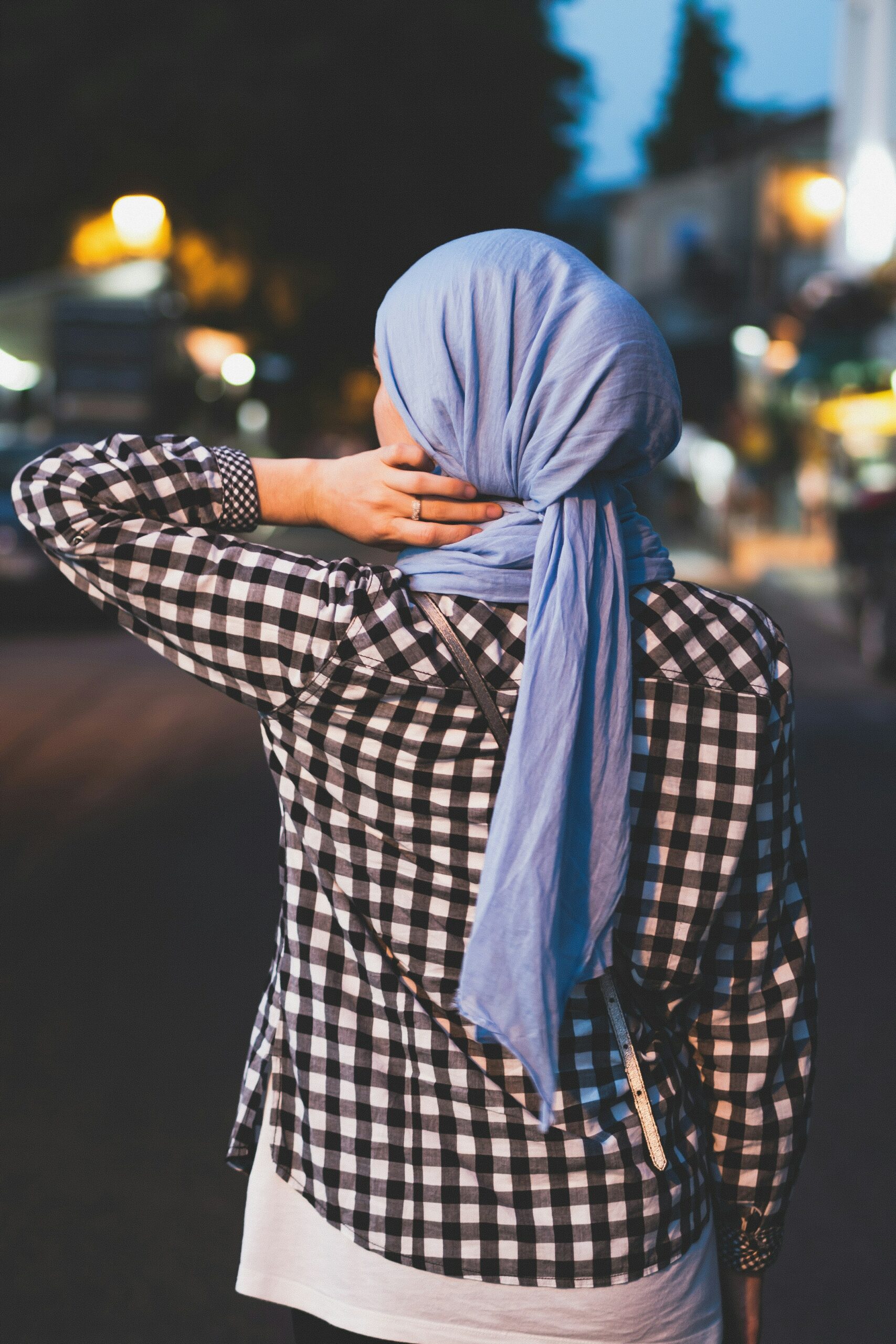
France’s Olympic Hijab Ban Violates International Law And Exacerbates Tensions
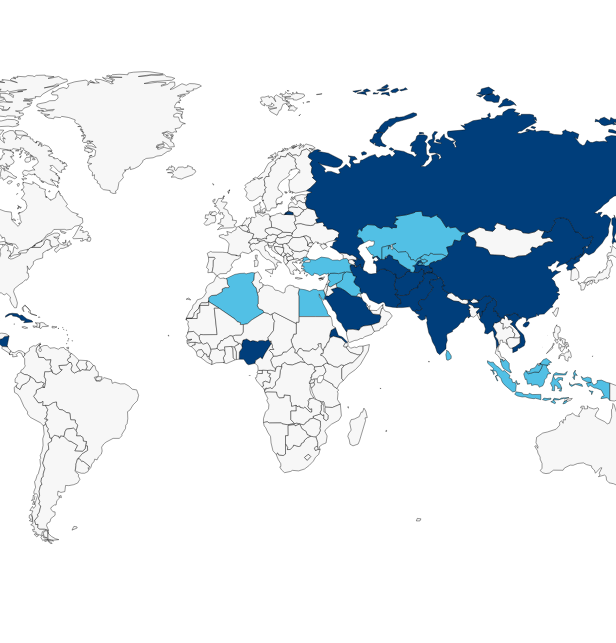
RFI Briefs USCIRF on Lessons from 25 Years of U.S. Designating Religious Freedom Violators
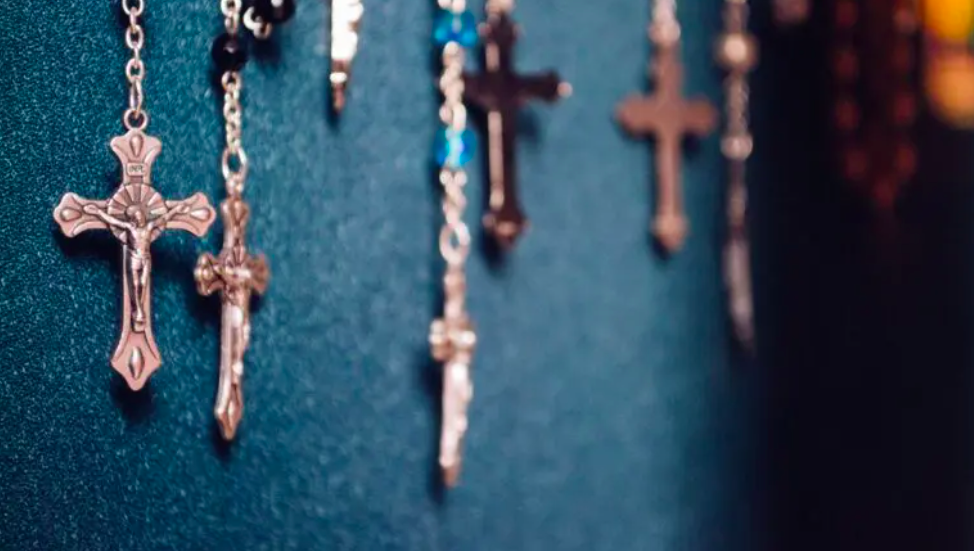
Thought Police: Protecting the People from Prayer
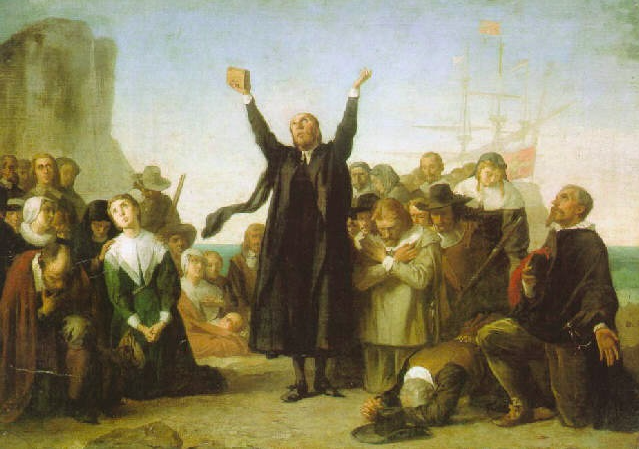
A Religious “Delaware”: Establishing a State Haven for Religious Corporations
CORNERSTONE FORUM

Challenges to Religious Freedom in Iraq and the Critical Need for Action

Public Bioethics & the Failure of Expressive Individualism

Religious Liberty in American Higher Education

Scotland’s Kate Forbes and the March of Secularism

